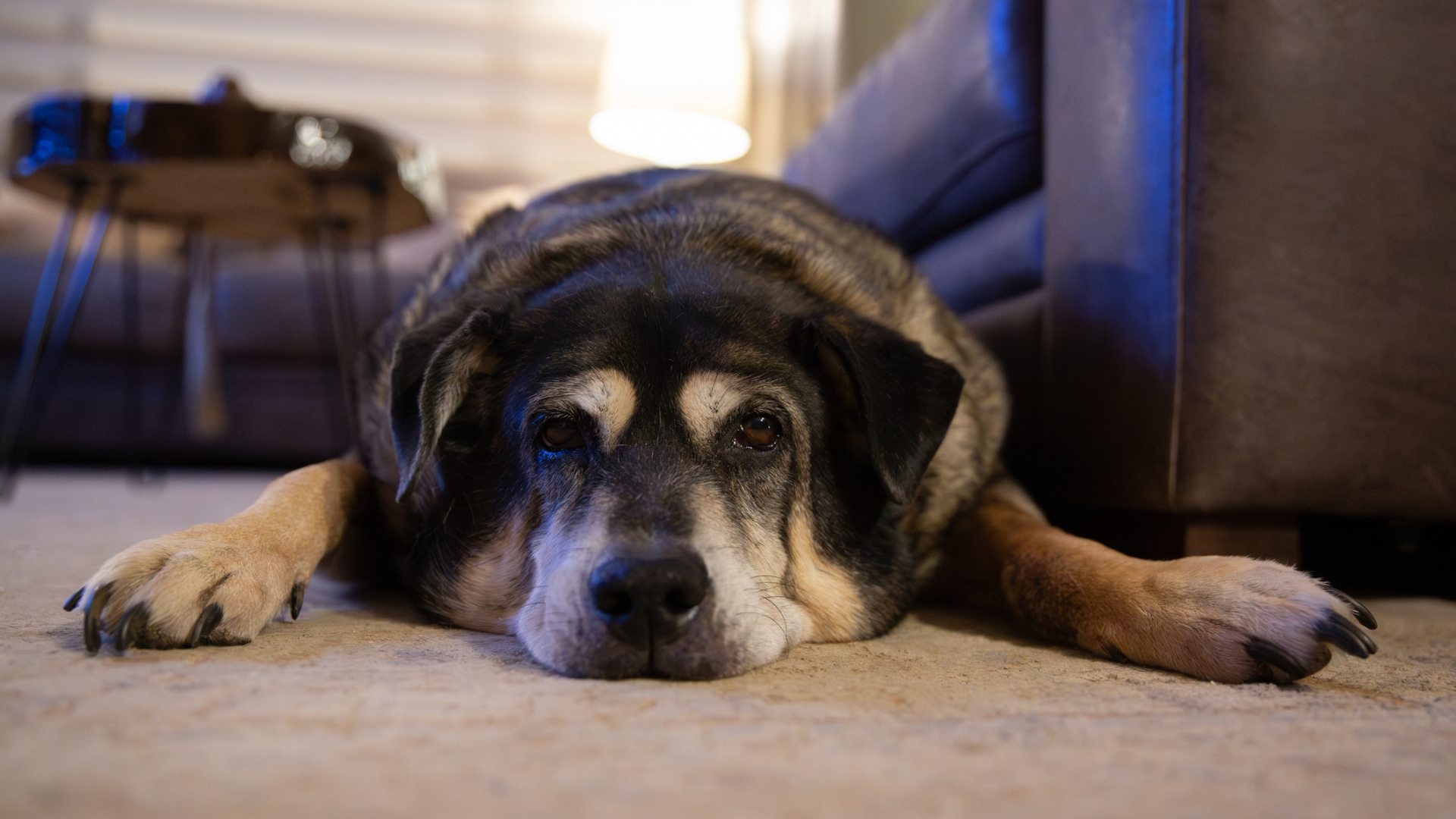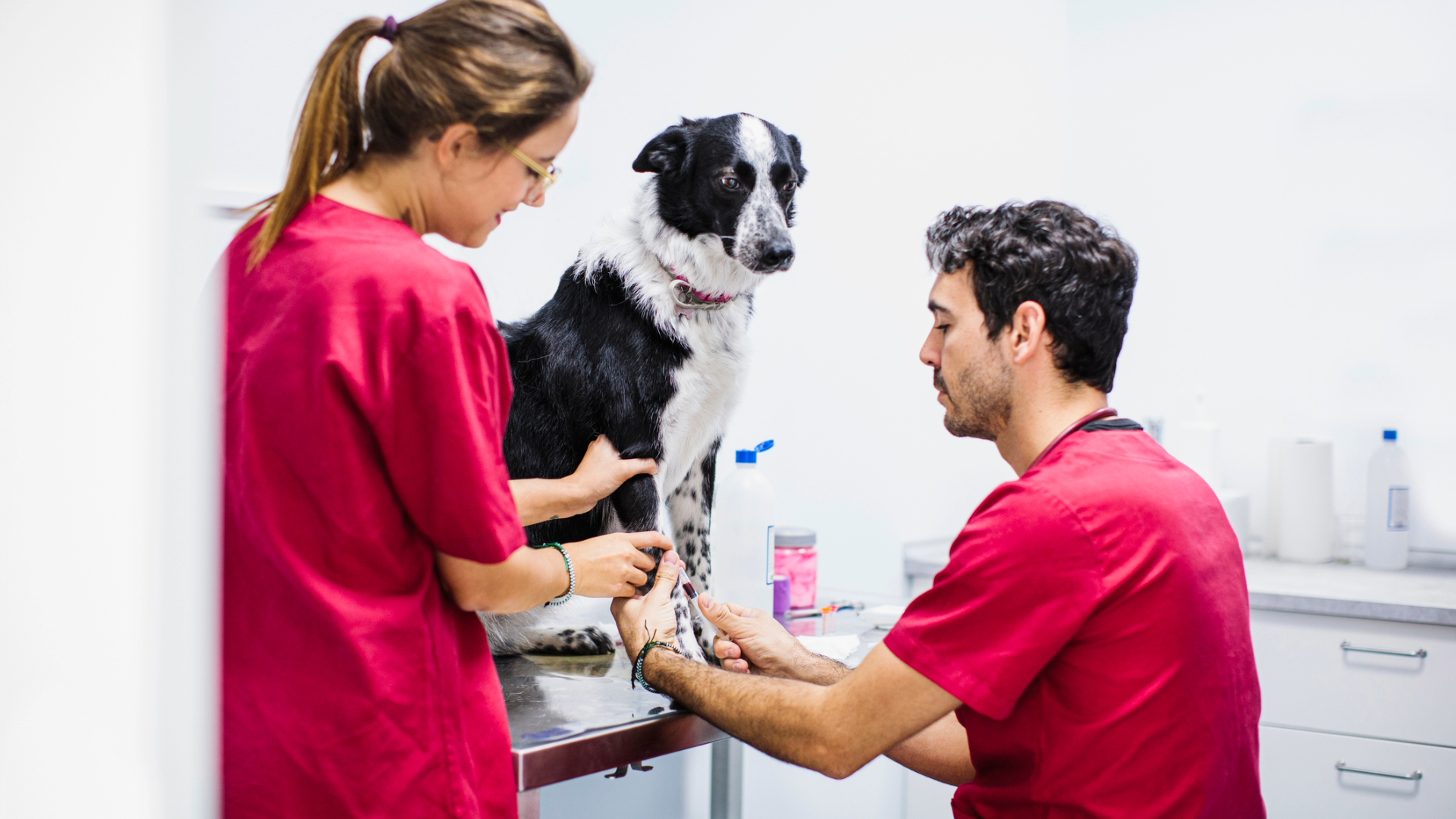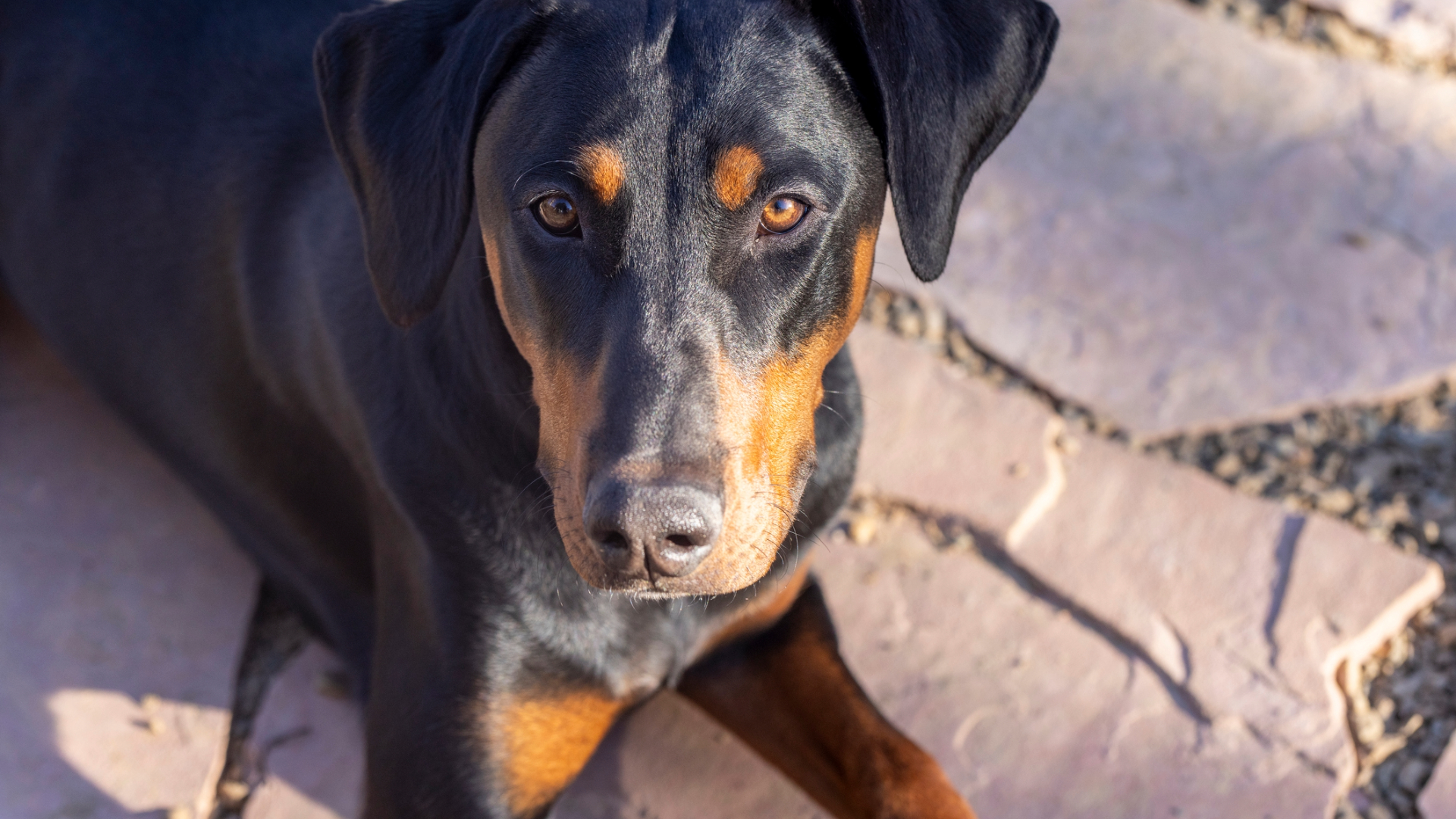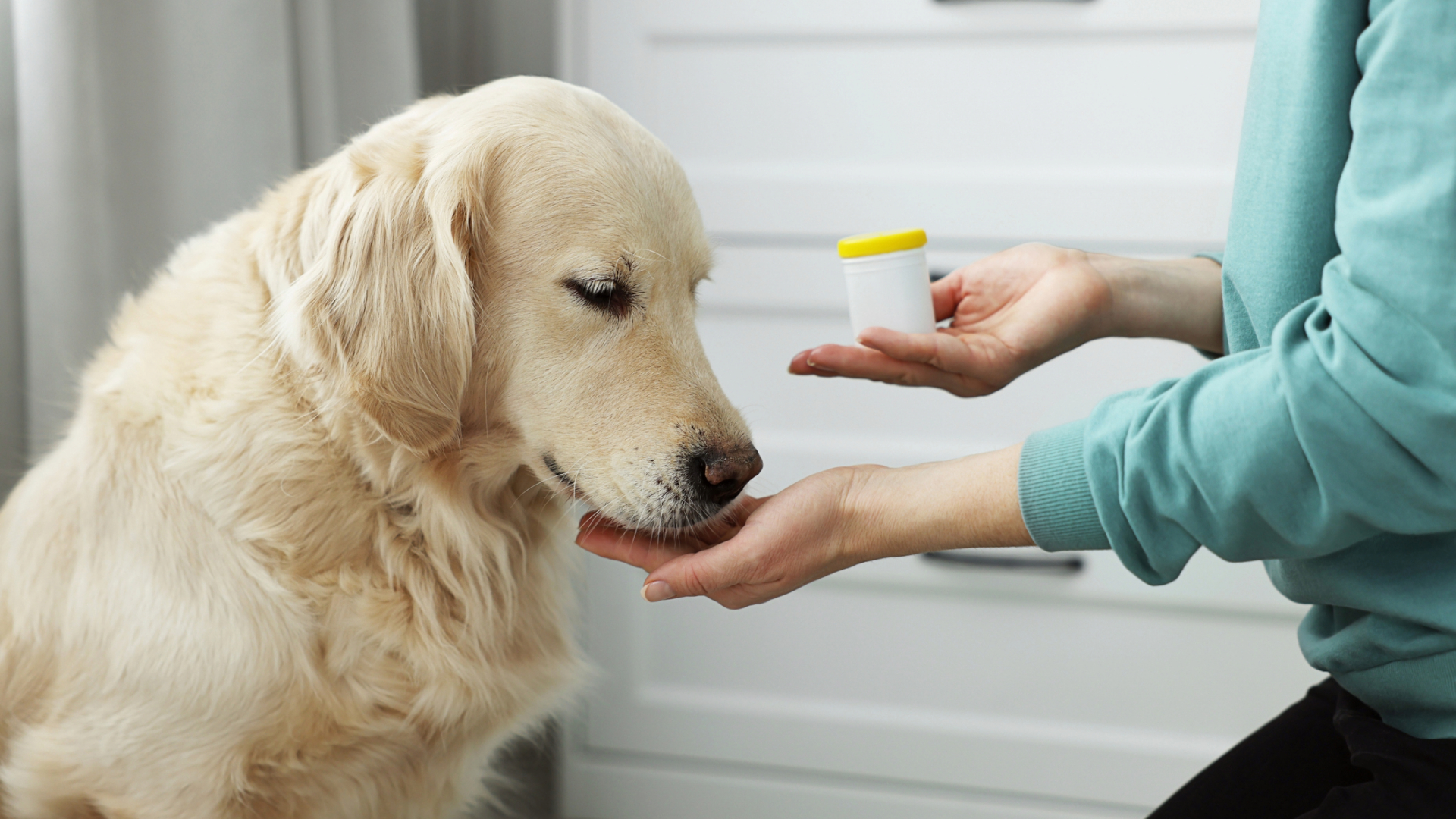What Is Hypothyroidism in Dogs? A Vet Breaks It Down
With almost 14 years of expertise in caring for dogs of every size and breed, I have encountered numerous instances of hypothyroidism in pets. This hormone-related disorder is quite prevalent among our furry friends, and without proper intervention, it can greatly affect their well-being. Fortunately, through accurate identification and an effective treatment strategy, the majority of affected dogs lead fulfilling and healthy lives.
Hypothyroidism in dogs can be tricky to spot at first. The signs are often subtle and can mimic other issues, making it a bit of a diagnostic puzzle. Owners often come to me saying their dog seems "just not quite right" – maybe they've slowed down, put on weight or their fur has lost its typical luster.
This piece will clarify what canine hypothyroidism is, the factors that lead to it, ways to recognize symptoms, and possible treatments. If you're concerned about your pet or just want to gain more knowledge, continue reading for further details.
What is hypothyroidism in dogs?

Hypothyroidism is a condition where the thyroid gland, located in the neck, doesn’t produce enough thyroid hormones – primarily thyroxine (T4) and triiodothyronine (T3). These hormones play a crucial role in regulating your dog’s metabolism, which is essentially how their body uses energy.
If the thyroid gland does not generate sufficient amounts of these hormones, the body's metabolism decreases. This impacts nearly all bodily systems, including how your dog processes food and regulates body heat, as well as how their skin and fur regenerate.
In canines, hypothyroidism typically stems from an issue with the thyroid gland directly (referred to as primary hypothyroidism). It is frequently observed in dogs of middle age, medium-sized to large breed dogs , with varieties such as the golden retriever , Labrador Retriever , Doberman Pinscher and cocker spaniel being more predisposed.
What are the indicators of an underactive thyroid in dogs?

The symptoms of canine hypothyroidism can differ and be mild in the beginning. They usually progress slowly, making it challenging for pet owners to recognize the issue. You could observe one or two of these indicators at first, with additional ones becoming evident as time passes:
- Lethargy or reduced activity levels: Dogs might appear more exhausted, spend more time sleeping, or show less interest in taking walks.
- Gaining weight despite no change in hunger levels: Even if they eat the same (or fewer) calories, your dog might still put on weight.
- Hair loss: Usually balanced and impacting the sides of the body, tailbone, and back part of the thighs.
- Lifeless, lackluster fur and scaly skin: You might observe flaking skin or thick, fragile hair.
- Cold intolerance: Your canine companion might look for cozy areas or tremble more readily.
- Slow heart rate (bradycardia): This could be an issue a veterinarian might notice during a checkup.
- Recurring skin or ear infections : Frequently caused by unhealthy skin or additional infections.
- Neurological signs: In uncommon instances, dogs might experience muscle weakness, tilted heads, or issues with the facial nerves.
It's important to keep in mind that these symptoms may also appear with different medical conditions, particularly skin conditions, so your veterinarian will probably suggest blood tests to verify the condition. some pet owners notice changes in behavior as well, like heightened anxiety .
What leads to low thyroid function in dogs?

As previously noted, primary hypothyroidism is the most frequent type in dogs—this indicates the issue arises directly within the thyroid gland. The two major reasons for primary hypothyroidism are:
1. Lymphocytic thyroiditis
This is a disorder caused by the dog's immune system erroneously targeting the thyroid gland. As time passes, this causes swelling and damage to the thyroid cells, resulting in decreased hormone levels. It is thought to have a genetic component in certain breeds.
2. Idiopathic thyroid atrophy
In this condition, typical thyroid tissue is slowly substituted by fat tissue, an process whose exact causes remain unclear. Similar to lymphocytic thyroiditis, this leads to a gradual decrease in hormone output.
In some cases, dogs may develop secondary hypothyroidism, which occurs when the pituitary gland—responsible for regulating the thyroid—does not generate sufficient amounts of thyroid-stimulating hormone (TSH). This condition is uncommon and typically linked to head injuries, growths, or inherited abnormalities.
It should be emphasized that hypothyroidism in dogs differs from that in humans—dietary iodine insufficiency and inherited hypothyroidism are very uncommon in canines.
What is the most effective therapy for underactive thyroid in dogs?

The positive aspect is that canine hypothyroidism can be effectively controlled with appropriate care. After diagnosis, your pet typically requires ongoing hormone supplementation. This is how we address the condition:
- Levothyroxine supplementation: This is an artificial version of the thyroid hormone known as thyroxine (T4). It is administered orally, typically two times each day initially, though certain dogs may later transition to a single daily dosage. The specific amount required depends on your dog's weight and how they respond to the medication.
- Ongoing surveillance and laboratory examinations: Your veterinarian should regularly monitor your dog's thyroid hormone levels, particularly during the initial phase, to confirm that the treatment is effective and make dosage adjustments as needed. Visible improvements in your dog's energy level and fur condition typically become noticeable after several weeks.
- Supportive care: Dogs experiencing skin conditions, infections, or obesity might require extra care such as special shampoos, antibacterial medications, or changes in diet until their hormonal balance returns to optimal.
When receiving appropriate care, many dogs regain their usual behavior — becoming more active, appearing healthier, and showing greater happiness. Still, it's essential to follow the prescribed treatment regimen and avoid discontinuing medicine without guidance from a veterinarian.
What is the lifespan of a dog diagnosed with hypothyroidism?
If diagnosed accurately and treated regularly, dogs suffering from hypothyroidism can have a full and typical life expectancy. After being adjusted to the appropriate amount of thyroid medication, they can participate in activities they previously enjoyed—such as extended trips through rural areas, engaging in games of catch, or relaxing on the couch beside you.
The foundation for sustained success lies in continuous observation. Routine visits with a veterinarian along with periodic blood work (typically every six to twelve months) are crucial to maintain proper hormone balance. Should signs resurface or intensify, the medication amount might require modification.
It's also important to be aware of other health issues that can occur together with hypothyroidism. Since several symptoms (like tiredness or) weight gain ) may share symptoms with other conditions, so it's advisable to consult your veterinarian if you observe any alterations in your dog's well-being.
Canine hypothyroidism is a frequent and easily managed health issue. While initial signs may not always be clear, prompt diagnosis and proper treatment allow your dog to enjoy a complete and joyful life.
If you notice your dog seems less energetic or isn't acting like their usual self, make an appointment for a wellness exam — it's wise to look into things early instead of waiting.
Read next: Arthritis in dogs or signs of dementia in dogs
Edited by Megan Milstead .
This webpage was recently modified in July 2025 by Emma Chandley.

Posting Komentar untuk "What Is Hypothyroidism in Dogs? A Vet Breaks It Down"
Please Leave a wise comment, Thank you